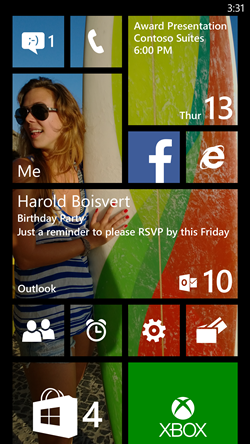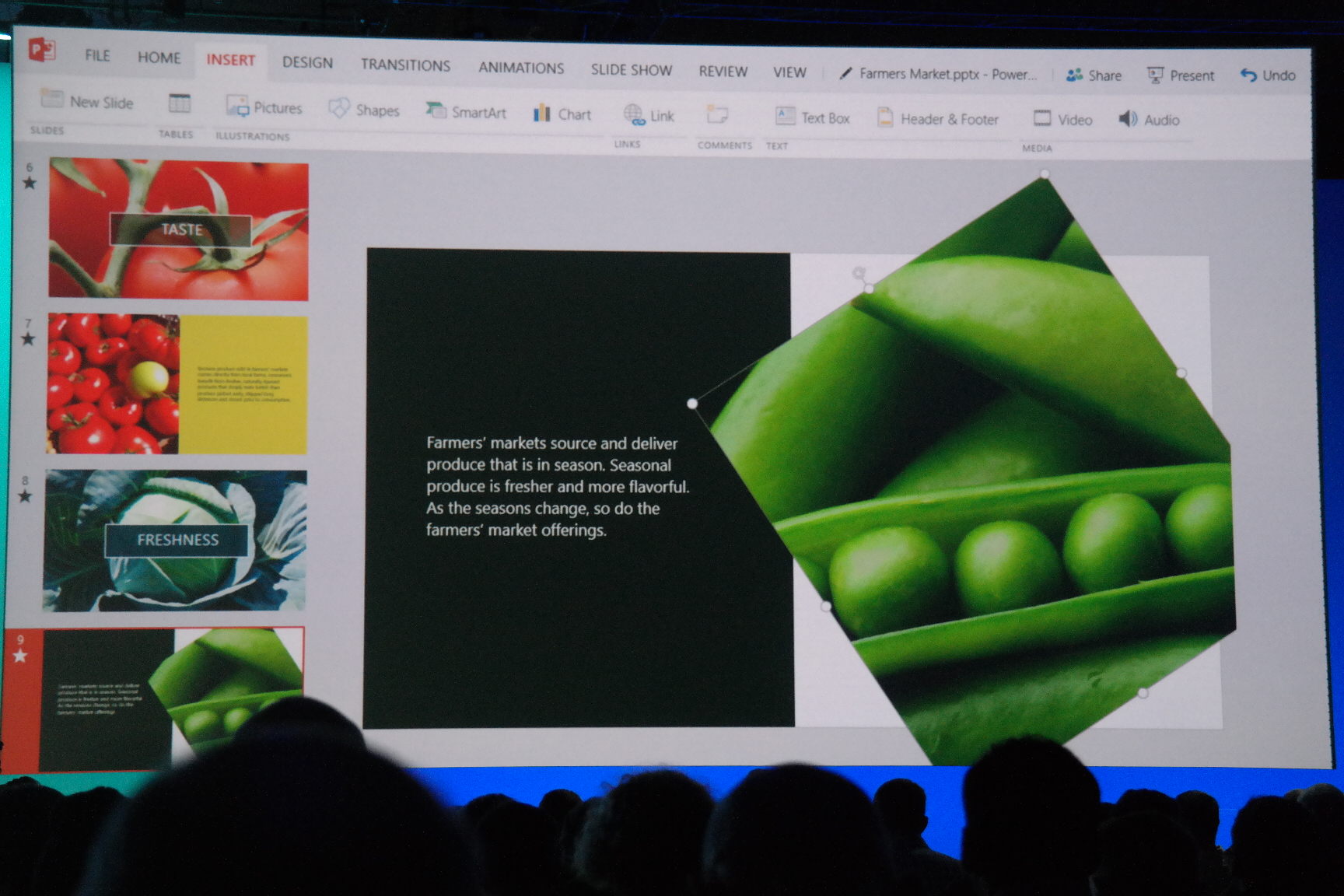Microsoft Progressing Toward Universal Windows Apps
Microsoft making things easier for developers to write 'one code to rule them all'
One of the most promising announcements coming out of the first day of Build, Microsoft's annual developer conference in San Francisco, was universal Windows apps. The ability to create applications that run across Windows smartphones, tablets, PCs, and Xbox would make developers' lives easier, and applications more prevalent, popular and seamless for end users.
To be clear, this effort doesn't provide 100 percent write once, run everywhere ("every" being defined as all Windows platforms), but instead lets developers leverage the maximum amount of underlying code regardless of target device, with tweaks made in Visual Studio to take advantage of those target devices.
Read more: Windows 8.1 Update Hammers Out the Little Things
Universal apps take advantage of Windows RunTime (with a new one for Windows Phone), and Microsoft streamlined every phase of the development cycle from the UI to the APIs to the tools and even the Windows Store experience, said David Treadwell, a vice president of the Operating Systems Group.
From a UI standpoint, developers can easily adapt their applications to various form factors and input methods, including devices like Kinect for gesture, or controllers.
From an end-user standpoint, you only have to purchase a Windows Store app once (assuming the developer allows it). In-app purchases can be persistent across devices as well.
Kirk Koenigsbauer, Microsoft's vice president for Office previewed touch versions of Office running across Windows target platforms. In PowerPoint, the Ribbon gets bigger touch points for functions on touch-based devices.
Get Tom's Hardware's best news and in-depth reviews, straight to your inbox.
The demo showed incredibly good response, which demos are sometimes prone to do, but Koenigsbauer said that the performance was the result of building the application from the ground up using DirectX. Touch input used swipes to navigate through a presentation, pinch-and-zoom, and the ability to quickly jump to any slide with a touch. There's also the ability to take stylus or finger input to annotate a document.
Koenigsbauer then demonstrated the same app, with the same functionality and user experience running on Windows Phone 8.1.
Other additions include things like Geofencing support and application voice commands powered by the new Windows Phone 8.1 personal assistant, Cortana, among others.
Read more: Windows Phone 8.1 Introduces Intelligent Assistant Cortana
Harry Pierson of Microsoft's OS Group demonstrated a behind-the-scenes look at taking some legacy Windows code and applying a new user interface designed for touch in Visual Studio.
Treadwell also announced that WinJS (the Windows library for JavaScript) is now going cross-platform and Microsoft is making it open source under the Apache 2.0 license.


